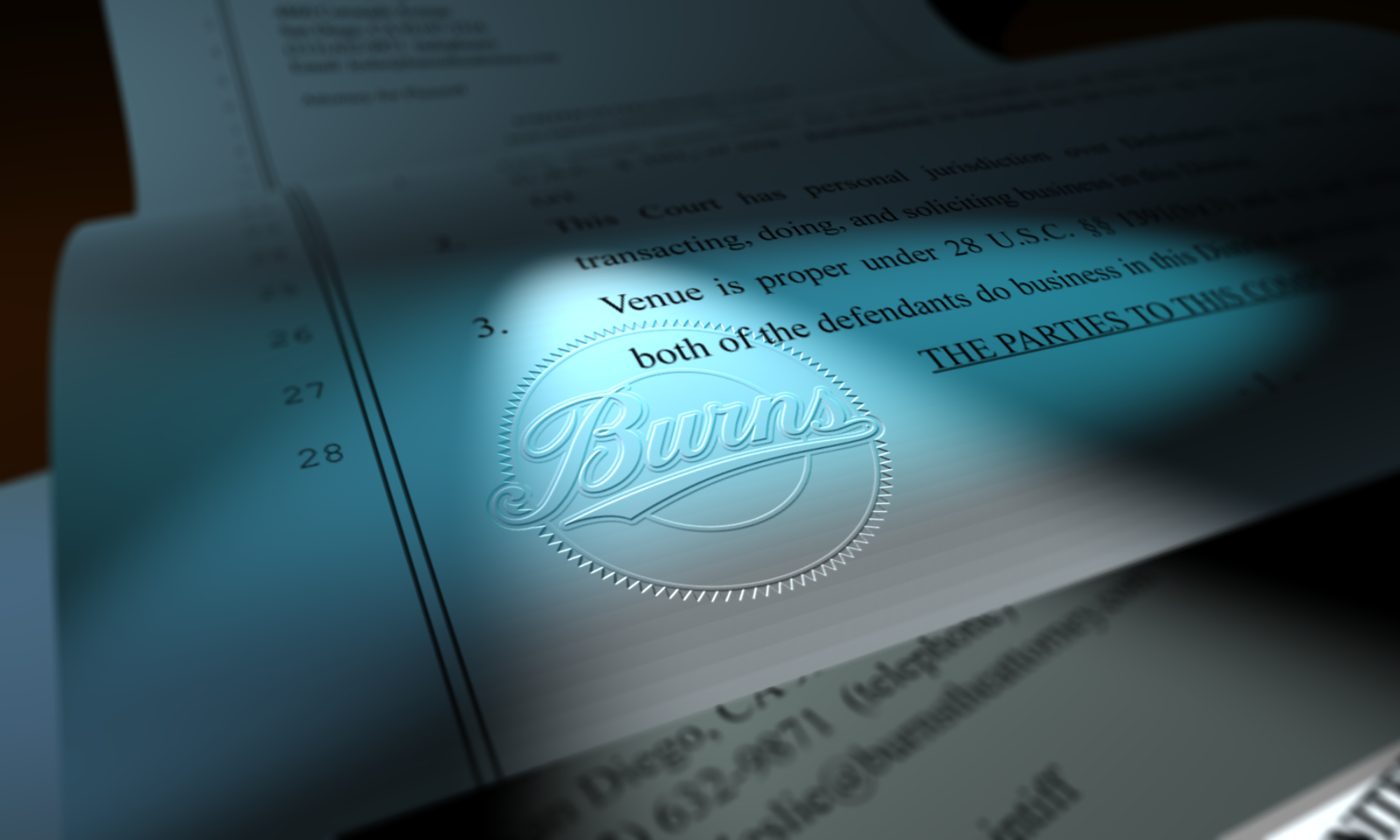Last week there was yet another court case where, if only the artist had registered the work before the infringement, the results would have been totally different. In this case (Dash v. Mayweather et al.) in the fourth circuit, the musician (Dash) claimed that Mayweather used his music for his entrance at two WWE events, without permission. The issue facing the court wasn’t whether Mayweather infringed but what the damages should be. The results are a cautionary tale for every artist out there.
Dash registered the work after the infringement so statutory damages were not available. I can’t emphasize how important it is to register your work promptly, preferably before any publication but at least within three calendar months of first publication. Doing so will ensure that your registration is timely and that means that it will permit the award of enhanced remedies including statutory damages and attorneys’ fees and costs. Dash did not do so and he was thus limited to actual damages, including any profits attributable to the use of the work.
Okay, that sounds good… except Dash could not prove any actual damages or any causal connection to any profits. See, you can’t just say “hey, if I were to license this I would charge $10K” but rather (roughly speaking) you have to show that in the past you have licensed your work in a similar manner for $10K. At the very least, you have to show that you have been paid to license your work in the past (at all) and that in the market such a license for the infringing use would have been $X, even if you haven’t ever actually licensed that same use. Dash could not do that here, in spite of his hired expert claiming that similar works by other artists used similarly got thousands of dollars. The court noted that in spite of the law’s general preference to give an artist damages when infringed, the artist has to show (when statutory damages are off the table) that “the thing taken had a fair market value.” The court specifically stated “Dash’s evidence of the fees that the WWE paid to well-known artists at Wrestlemania XXIV was irrelevant and overly speculative because such artists were not similarly situated to Dash.”
Dash was awarded nothing in actual damages. Ouch.
He also got nothing in profits because he didn’t prove that the use of his music in any way generated profits for the infringer. The burden was on Dash to make some sort of showing of the gross revenue earned by Mayweather et al. and any sort causal connection to his work. It’s not a high burden, but it’s still a requirement. Without that, bupkis.
Importantly, if statutory damages had been available, Dash would have been awarded something, even if he could not prove damages. The court notes in its final footnote in the case that statutory damages are both to recompense the loss to the artist and to deter others from infringing and there is case law supporting the conclusion that a statutory damage award doesn’t have to be tied to actual damages (it often is, but doesn’t have to be).
So, what do we learn from this? Simple: register your work and do it as soon as you can. No one wants to spend all that money on experts and attorneys only to get nothing in the end.
